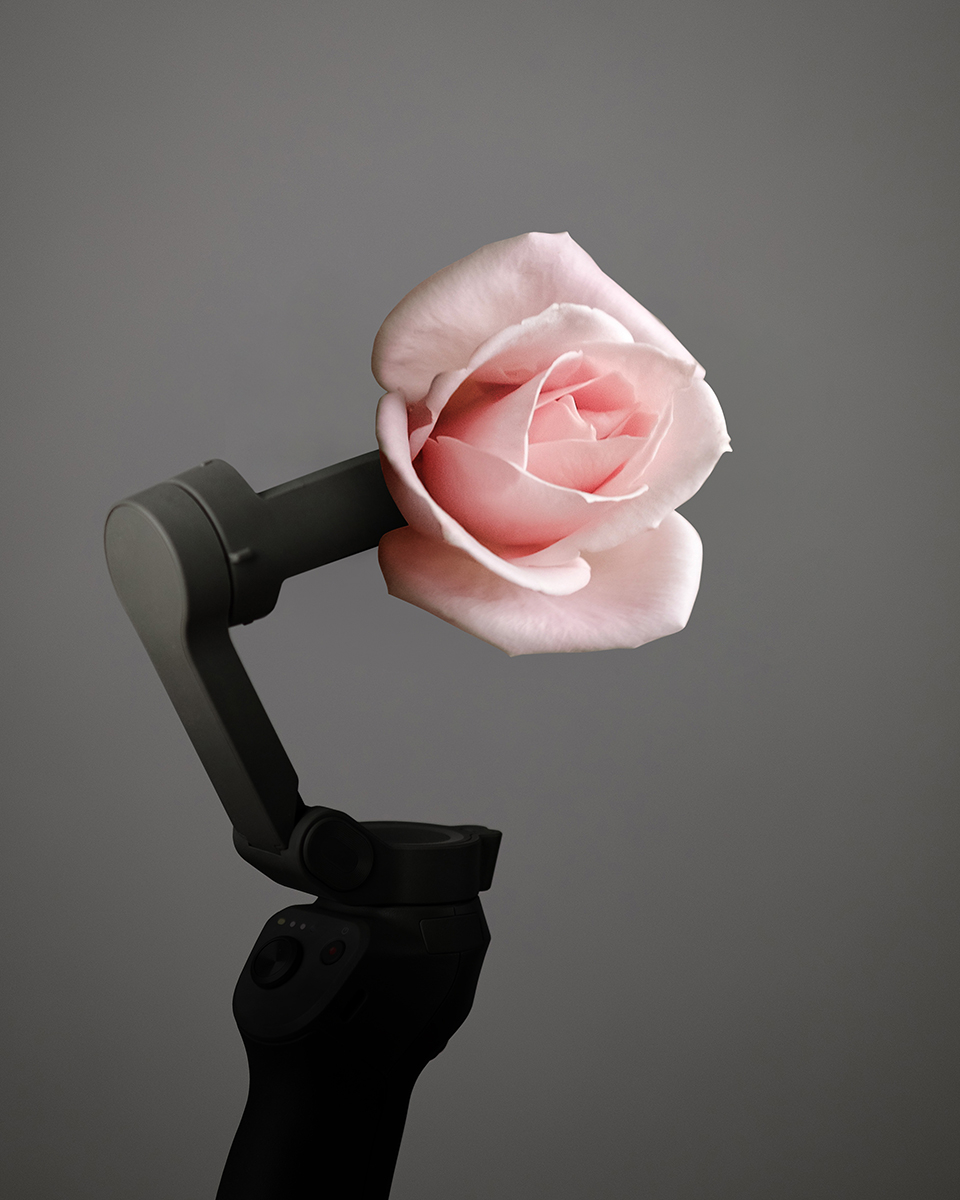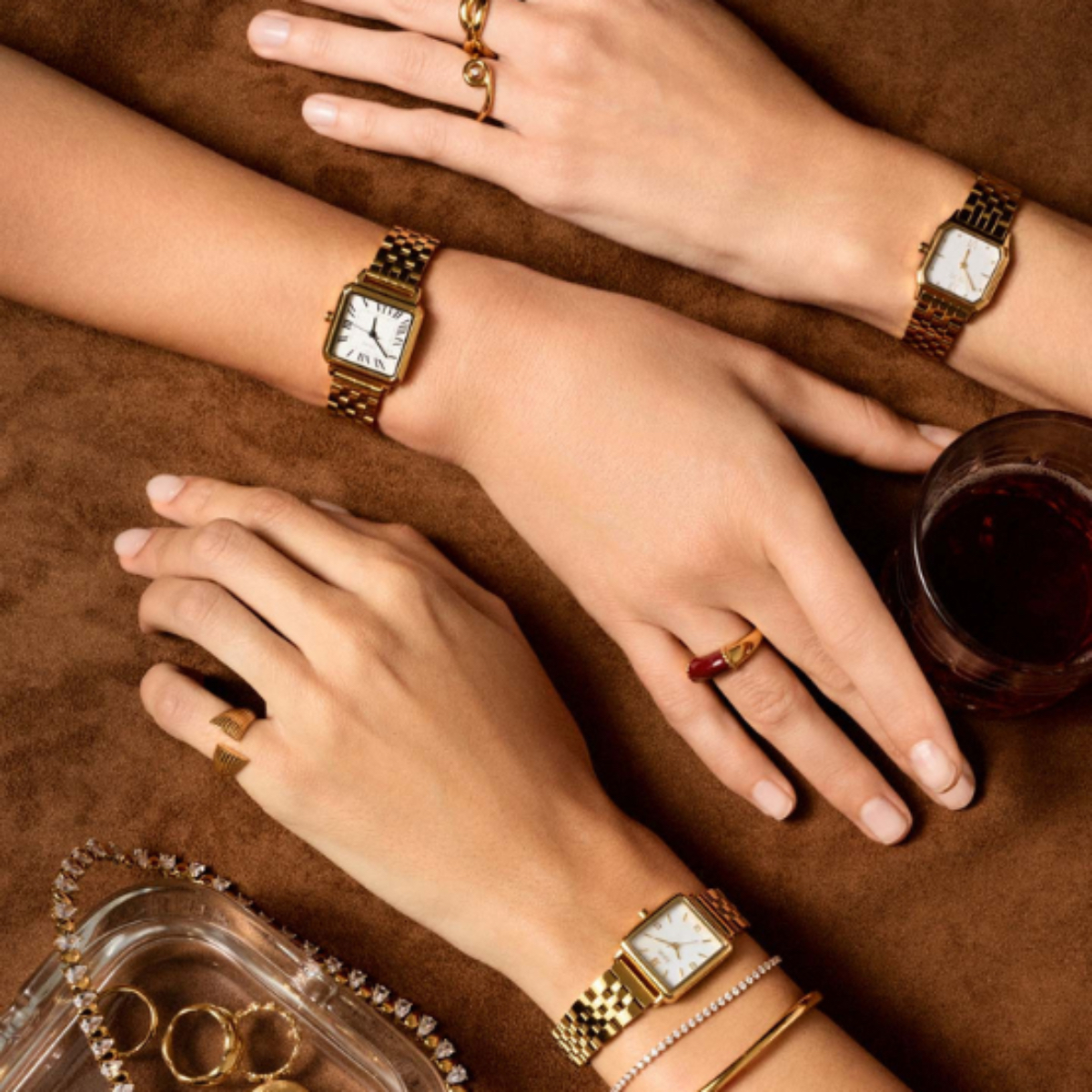To include the people who were left behind as fashion and beauty focused on other types of progress. To include the human beings who deserve to feel part of the system that promises to exalt authentic and natural features, no matter what they are. We are approaching a revolution centered on inclusion, in which what was long seen as a disability (motor, visual, but also of tolerance and understanding), is now the engine of an unprecedented technological evolution.
To include the people who were left behind as fashion and beauty focused on other types of progress. To include the human beings who deserve to feel part of the system that promises to exalt authentic and natural features, no matter what they are. We are approaching a revolution centered on inclusion, in which what was long seen as a disability (motor, visual, but also of tolerance and understanding), is now the engine of an unprecedented technological evolution.

According to data collected by the World Health Organization in March 2023, there are about 1.3 billion people in the world with some kind of significant disability. We are talking about 16% of the world's population - a number that, although it represents a considerable slice of consumers, tends to be forgotten by numerous sectors in which design follows a strictly normative line. Fashion and beauty are a clear example of this. Their technological, economic, and even creative progress has been focused on satisfying (and creating) the needs of the majority of the population, instead of creating solutions for those who have been looking for them for so many years. But we are beginning to feel the winds of change. Adaptive fashion and beauty seem to be just around the corner, and inclusion is positioned as the greatest revolution in both sectors for years to come.
The first month of 2023 began with a breakthrough, when Lancôme announced an innovative tool that would put the beauty brand at the forefront of the race for inclusion. Engineers and scientists at L'Oréal (the group that owns Lancôme) collaborated with technology and artificial intelligence company Verily to create HAPTA, a makeup applicator that contributes to the stability and movement of consumers with motor difficulties in their hands and arms. In its design, simplicity and intuition in use stand out. Depending on what the consumer needs, there are several customizable accessories, which are connected magnetically to the tool, whose control is done through buttons, to stabilize and regulate its position. HAPTA achieves 360° rotation and 180° flexibility and is operated by a battery that lasts for up to three hours. At the moment the tool is intended for the application of lipstick, but it is expected to be adapted for new products in the near future. Still at the prototype stage, HAPTA aims to hit US shelves later this year.
In fashion, the market took a big step forward in 2017, when Tommy Hilfiger created the Tommy Adaptive line. Focused on comfort and ease of use, the garments that are still on sale today are aimed at consumers with various types of motor difficulties, from wheelchair users to people with prosthetics. Some of the elementary changes include creating adjustable waistbands and replacing zippers or buttons with options that do not require as much motor coordination, such as Velcro or magnetic tools. These are intended not only for the center of the waistband, but also for the sides of various garments. The goal is to bring greater independence to the process of putting on and taking off a garment, offering alternatives to the normative design. As is already a Tommy Hilfiger tradition, jeans are prominent in this collection, and exclusive versions have been created for wheelchair users. In these, the back is slightly longer than the front to provide additional support when seated, and the back pockets have been moved to the sides so that they can be used in all circumstances. Adaptive jeans are not new to the industry, although they show significant evolution with each new version. The first model accessible to the common population was designed by Levi's in 1975 and was acquired by order, reinforcing the principles of total customization of the garment. As far as the differences are concerned, the flexibility of the denim could be molded to the wearer's needs, and there were zippers on the side seams to make it possible to put the garment on and take it off without assistance.
Several decades later, we see more and more brands dedicated solely to the creation of adaptive clothing. Among the more high-profile contemporary names are IZ Adaptive and Averee. The former focuses on the specific needs of wheelchair users and is world-renowned for its distinctive cuts of an ordinary pair of pants. The accessibility flag is joined by other values sought after by today's consumers, such as presenting genderless options and using more sustainable materials. On the other hand, the Australian brand Averee goes beyond fashion, registering a wide range of offerings, from personal care to home tools. Presenting itself as a brand aimed at people "of all abilities", this multi-brand store curates the various options adapted on the market, promoting those that best suit its target audience. The many pages of product offerings on its website are proof that the industry is moving toward a more inclusive future in which no one is left behind.
Despite this progress, the fashion and beauty industries face monumental challenges ahead. The widespread offering of adaptive products should not only be based on the search for greater reputation, but on the genuine will to create solutions where problems have long existed. This has been observed in certain cases, where brands launch adaptive collections just for publicity, not making them easily available to consumers or keeping the range active for only a few months. There is no shortage of economic, political, and social incentives for the industry to direct design towards greater inclusion. The number of consumers who would benefit from such advances is significant, and there are still few brands that dare to explore this area, which in many cases passes through uncharted territory. But it is not: it is only untapped potential. And at this point, exploring it is no longer revolutionary. It is, above all, an urgent need.
Translated from Vogue Portugal's The Revolution Issue, published April 2023.Versão portuguesa, aqui.
Most popular
.jpg)

Relacionados

O que lhe reservam os astros para a semana de 30 de dezembro a 5 de janeiro
30 Dec 2025
.jpg)



.jpg)
